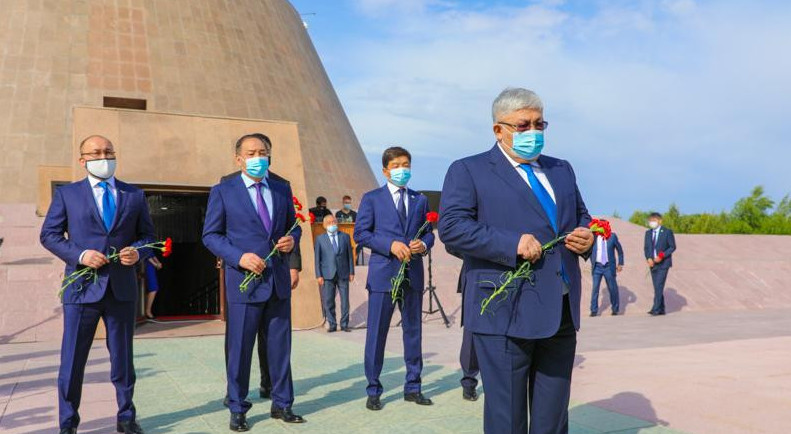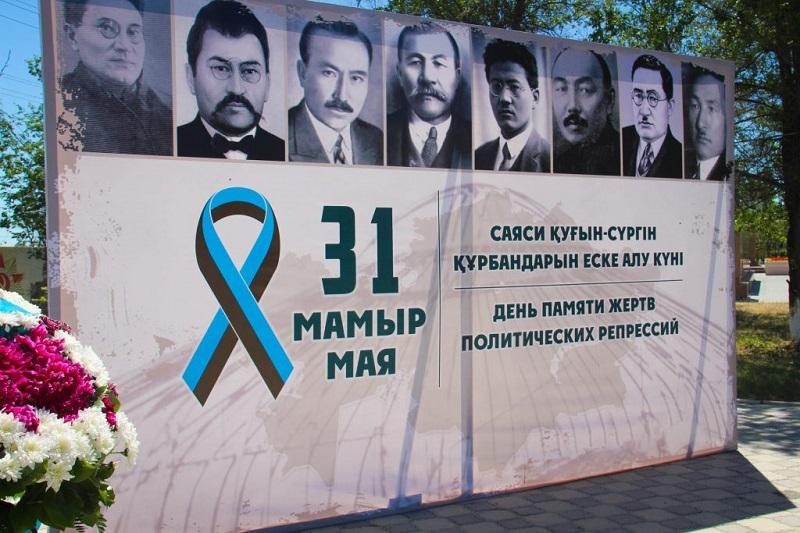1. Introduction
Printed press is one of the first media (Esser & Umbricht, 2014; Ward, 2015; Kappeler, 2014). Today there are a huge number of publications on any subject Tleuova et al. (2016), which reflect all aspects of social life. Printed press had a particularly important role in a revival of national consciousness in Kazakhstan. At the beginning of the twentieth century, radical political changes occurred, the collapse of empires led to the emergence of new states, including the territory of modern Kazakhstan (Kappeler, 2014; Brower, 2012). Alikhan Bukeikhan, who headed the government Alash Orda, furthered this process. Alikhan Bukeikhan is primarily known as a politician and first Prime Minister of Kazakhstan, but he is also famous for his journalistic activity, which is studied insufficiently.
Analysis of Alikhan Bukeikhan’s journalistic activity would allow us:
To consider the influence of printed press on the formation of national independence;
To show the origin of the Kazakh printed press as an independent cultural and national phenomenon, not as a part of the Soviet media;
To fill the gaps in the history of Kazakhstan in the twentieth century.
According to the research of Sultankhan Akkululy, bibliographical reference of Alikhan Bukeikhan exceed 30 pages. There are nearly 1,000 articles and essays, more than 50 other works in the Kazakh and Russian newspapers and magazines were published almost under 40 pseudonyms (Zhusip, 2010).
The active journalistic path of Alikhan Bukeikhan covers the period from 1889 to 1927. Consequently, he had not stopped writing for 40 years.
2. Methodology
Alikhan’s activity as the first Kazakh journalist and editor can be divided into 4 groups (Tanatarova, 2015; Charginova, 2014):
Continuous journalistic activity
Being a member of several Russian publishing houses and active author
Being an editor in two newspapers distributed in the territory of tsarist Russia
Organized the first nationwide Kazakh newspaper «Qazaq»
Alikhan Nurmukhameduly’s journalistic activity includes:
Publications and studies, debates and addresses (National-democratic problems in basic form: solution of the land issue, increase of political literacy, religious literacy, education, science, etc. Articles that raised people’s consciousness, for example, «The problem of Kazakh muftiate», Bukeys presence in muftiate, The Congress of Muslims» and others) (Nurgozhina, 2016). Literary and political translations. Makar’s Dream, Simon’s Papa (Guy de Maupassant), The Star-Child (Oscar Wilde), The Communist Manifesto, The October Manifesto, Communist call (Tahan, 2013).
Historical sketches («Historical fate of the Kazakh («Kyrgyz») region and its cultural achievements», a historical sketch Kazakhs (Useinova, 2015). Literary criticism, reviews and feuilletons What is a novel? Kalkaman-Mamyr. Review, «Kara Kypchak Kobylandy» (Zhumagulov, 2012). Requiem (memoir) (dedicated memoirs: Moscow scientist Verner, Abay, leader of the German Workers August Bebel, an American entrepreneur-philanthropist Alfred Vanderbilt, Turkish politician Hüseyin Hilmi Pasha, Eugene Michaelis, French leader Jean Jaures, Alexander Kolyubakin, close friends Barlybek Syrttanuly, Kakitay Yskakuly etc.)
3. Results and discussion
Alikhan Nurmukhameduly was a member of the editorial board of such journals as Sibirskie Voprosy and Stepnoy Krai, newspapers Semipalatinskii Listok and Sibirskaya Zhizn’, encyclopedic publishing house. Participation in the editorial board of the All-Russian publishers is the recognition of him as a professional journalist. He was appreciated as a very competent political figure by the Russian public figures and prominent scholars, academics like Potanin, Shcherbina, Shevtsov, Bartold and F.V. Radlov (Sanborn, 2015). The first newspaper where Alikhan began to work was the newspaper Irtish. This is the official publication of Akmola region and Omsk party committees of the Party of People’s Freedom of Tsarist Russia. It was published continuously. De jure, a close friend of Alikhan lawyer Ivan Aksentyevich Povarennyh was the editor in chief; de facto, Alikhan Bukeikhan was the real editor of the newspaper. Irtish was the first of three newspapers, where Alikhan was an editor (Charginova, 2014). Officially, Bukeikhan could not be an editor due to the persecution of the authorities. Irtish issues are stored in the Omsk State Museum of Local History. Newspaper Omich was being published from the November 1906, right after the suppression of Irtish Charginova (2014), and again, Veredenko was the editor in chief of this newspaper only de jure. The newspaper continued to follow the views, which were peculiar to newspaper Irtish. Therefore, the government had closed a newspaper for an unknown period with the same charge that was brought to Irtish. Omich is the most severely affected newspaper. There were published 30 issues of the newspaper, but today only 2nd, 3rd, and 22nd issues have been found.
The newspaper Golos Stepi was being published from January 1, 1907, immediately after the suppression of the newspaper Omich (Charginova, 2014). De jure, the editors were Ivanov, and one month later, Kiryanov. However, after the publication of 42nd issue in February, the St. Petersburg court put Alikhan to prison for 3 months. One thing, which became the reason for this persecution was that together with colleagues after the forced dissolution of the First State Duma, he put his signature in an address to the nation – from the representatives of the nation. Alikhan Bukeikhan served his sentence in prison of Semipalatinsk not for 3 but for 8 months. Then he was exiled to Samara, where he stayed until the February Revolution. All 42 issues of the newspaper Golos Stepi were saved in Russian archives.
Having systematized all of the above information, it turns out that all three newspapers, which were published under different names, with different editors because of the difficulties of those periods, are an extension of each other, pursuing common idea, published under the guidance of one person. This is supported by the following arguments:
Publications of aforementioned newspapers occurred alternately in chronological order. Therefore, if one newspaper was persecuted, it was suppressed immediately, and instead of it a following newspaper under a different name emerged. At first thought, even if the newspapers looked differently, with editors in chief, the address of all three newspapers was common (Omsk, the corner of the Tobol’skaja i Ekaterininskaja streets, Dudoladova house. Phone number 234). In the case of the suppression of each newspaper, it was said that the newly opened newspaper would provide redress for numerous regular readers. When Alikhan Bukeikhan was serving a sentence for his political voice in prison of Semipalatinsk, the third newspaper was temporarily closed, the publication was suspended.
Alikhan Bukeikhan during the publication of these three newspapers, in the parlance of our time, had gained wide management and marketing experience. Firstly, the status of the real editor allowed Alikhan Bukeikhan to publish articles on the front page, even without specifying his name. Secondly, an advertisement placed on the first page of every newspaper was a clear indication that he had learned the laws of the market, striving for independence of the newspaper from a financial point of
view. Cultural renaissance of Kazakhs was the main aim of Alikhan. In order to achieve this goal, national liberation movement Alash was created. A printed edition was necessary for the expansion of national ideas. For the first time, the first issue of the newspaper’s foundation in the Kazakh language and typography on a national scale has been raised in the form of signatures under Karkaraly petition on 5 July (in some reports 26 June), 1905 by 14,500 people (according to some sources, 12 767 thousand).
The document, which included freedom of speech and mother-tongue education, religious freedom and other relevant issues, was prepared for the Tsarist Government Cabinet by educated people led by Alikhan. After this important document, the way was cleared for the intellectuals of Alash, they could create a party, publish an issue of the newspaper, manage the problems of education, pursue a policy towards the development of national autonomy. Alash leaders elected as deputies of I and II State Duma, from the rostrum of the supreme legislative body of Russia raised the national interests of the Kazakhs, they cooperated in order to attract the attention of the imperial authorities to the problems of the Kazakh people. The newspaper Qazaq became the first nationwide newspaper in the Kazakh language. In June 1906, the newspaper Nasha zhizn’ (St. Petersburg) provides the following information: On October 17 (indicates the manifesto, released on October 17, 1905) or later, Bukeikhan, wanting to release a newspaper in the Kazakh language, with his countrymen have left in the steppe to discuss the upcoming elections and the immediate interests of the Kazakh people. According to M. Kulzhabayuly, as a member of the State Duma, having direct relationships with the people close to the supreme power Of Russia, he played a significant role in the organization of Qazaq (Koygeldi, 1994). In accordance with the Russian archive documents, even if permission for publication of the newspaper was received on December 9, 1905, the order 14508 of the Governor-General Sukhomlinov Subkhanberdina et al. (1998), the preparations for newspaper’s release, for objective reasons, lasted until February 1913.
These reasons included the multiple author’s committing to prison, finding finance for the production of the newspaper, searching for contacts with the authorities, organizational work, the lack of experience of release papers, etc. The order of the Governor of the Orenburg Higher Press Office from 5 January 1913 is preserved in the Central Archives of St. Petersburg. It says about a permission to publication for weekly newspaper Qazaq in the Kazakh language in Orenburg. Despite the fact that the resolution on the publication of the newspaper was issued for Mustafa Orazayuly and Аkhmet Baytursynuly was an editor in chief, it was Alikhan, who initiated the release of the first edition of the Kazakh newspaper. The newspaper Qazaq fulfilled all functions of professional journalism, and it included the following characteristics:
Satisfaction of demand;
Publication, even if its point of view is not the same as the point of view of the authorities;
Desire for independence from the state, private moneybags;
Attraction of extraordinary talented authors with the appropriate education;
Presence of columns in newspaper;
Profitable work organization;
Editing a newspaper text literacy.
Giving testimony to investigators of the OGPU (Unified State Political Department) in 1931, Halel Dosmuhameduly said, the majority of Kazakhs with secondary and higher education went to work in Qazaq. Bukeikhan was the leader of Qazaq, he participated in the determination of its platform. Mambet Koygeldy said that the introduction of the book, released by Alikhan more than 22 years ago, consisted of the articles published in the newspaper Qazaq. He said that, since 1913 A. Bukeikhan was not only one of those who laid the foundation of the newspaper in Orenburg, who
determined its course, but he was among the most active and productive writers who survived in the severities of the newspaper (Koigeldiev, 1994).
Alikhan Nurmukhameduly had pushed different issues. Famous playwright, writer and one of the activists of movement Alash Koshmuhammed Kemengeruly (1996) wrote about him, his researches, owing to which a modern culture of Kazakhs was developed and about his participation in the formation of the Kazakh nation in 1924. There was only a group of people, who endured exile, prison and sacrificed their lives for the nation in the days of severe persecution by the authorities. This group was fostered by Alikhan. He was the founder of the literary language, brought up a group that followed him against religious fanaticism. Kazakh nation, which has nothing in common with the Tartars, was born exactly this way (Koigeldiev, 1994).
We would like to mention that Alikhan Bukeikhan had about 40 pseudonyms. According the research of Sultankhan Zhusip, we have learned that Alikhan used the following: (A-likhan N-urmukhameduly), Qır uğlı or Qır ulı, Qır balası, Ğali khan or Ali khan (Ğ-alikhan B-ukeikhanov or A-likhan B-ukeikhanov), Arıs ulı (Arıs uğlı), Türik balası, Qalmaqbay and «V». There are little more pseudonyms, which he used in Russian: (A-likhan N-urmukhameduly, Syn stepei or Dala Balasy, Tuzemets, Statistik, Kirgiz-kaysak, Alikhan, Kochevnik, Musul’manin, Kirgiz, Stepniak, K.Stepniak or Kirgiz-stepniak, Obyvatel’, Nabliudatel’, Chitatel, Uak N.Sh. (Zhusip, 2010).
4. Conclusion
Alikhan Nurmukhameduly remains a national hero of Kazakhstan, he contributed the awakening of national consciousness of the Kazakh people. He became famous as a journalist and politician, who led the national liberation movement Alash. According to given above information, there is a reason to say that being an editor in chief of Irtish, Omich and Golos Stepi in 1906-1907, Alikhan Nurmukhameduly was also a citizen, who carried out managerial and organizational (managerial: effective management; marketing: self-financing, placement of advertisements) requirements at the beginning of the twentieth century. The main directions of Alikhan’s journalistic activity were political and economic realities of Kazakhstan and Russia, permanent work on the creation of the Kazakh professional journalism. The main obstacle on the way of his journalistic activities was the official government. In this connection, he had to change jobs or go underground, but in spite of that, in all the newspapers where he worked his writing style and his ideas were observed. The study of the history of national journalism and publicism of Alash by expanding it in accordance with the national outlook, the departure of plagiarism and imitation of the world’s journalism, allows us to increase the level of national journalism. This work can be a source of information for the study of the national independent journalism in Kazakhstan.
References
BROWER, D. 2012. Turkestan and the Fate of the Russian Empire. Routledge. UK.
CHARGINOVA, G. 2014. Historical role and views of Alikhan Bukeykhanov. Bulletin of the Kazakh state women’s teacher training university. Vol. 6, No 54: 47. Kazakhstan.
ESSER F., and UMBRICHT A. 2014. The evolution of objective and interpretative journalism in the western press comparing six news systems since the 1960s. Journalism & Mass Communication Quarterly. Vol. 91, No 2: 229-249. USA.
KAPPELER, A. 2014. The Russian empire: A multi-ethnic history. Routledge. UK.
KEMENGERULY, K. 1996. Optional. Almaty: Kazakhstan.
KOIGELDIEV, M. 1994. Alikhan Bokeikhanov. Works. Almaty: Kazakhstan.
KOYGELDI, M. 1994. Bokeykhanov Works. Astana: Sary-Arka. Kazakhstan.
NURGOZHINA, S. 2016. Some aspects of the coverage of economy in the national journalism: fledging period. KazNU Herald. Series of Journalism, Vol. 29, No 1. Canada.
SANBORN, JA (2016) Russian Empire. Oxford: Oxford Univ. Press. UK.
SUBKHANBERDINA, C., DAUTOV, S., and SAKHOV, K. 1998. Kazakh newspaper. Almaty: Kazakh encyclopedia. Russia.
TAHAN, S. 2013. Alikhan Bukeikhanov’s Essays on the pages of the Russian press. Russia.
TANATAROVA, Z. 2015. Repressions of 1937-1938 in Kazakhstan and their Consequences. IJHSSE. Vol. 2, No 1: 100-106. USA.
TLEUOVA, A., BALTYMOVA, M., NIYAZOVA, G., TEKTIGUL Z., TOXANBAYEVA T. 2016. The World of Fantasy and the Trends in Modern Kazakh Fantastic Literature. IEJME-Mathematics Education. Vol. 11, No 6: 1591-1605. Turkey.
USEINOVA, G. 2015. The idea of the rightful state in the works of A.N. Bukeikhanov and modernity. KazNU Herald Series of Humanities and social sciences, Vol. 4, pp. 38-41. Kazakhstan.
WARD, S. 2015. The invention of journalism ethics: The path to objectivity and beyond. McGill-Queen’s Press-MQUP, p. 38. Canada.
ZHUMAGULOV, S. 2012. Integration of Cultures and the Problems of Translation into Kazakh. European Researcher, Vol. 33, No 11-1: 1890-1894. Russia.
ZHUSIP, S. 2010. Bokeykhan publicism about the names and aliases. In Complete set of the works in 9 volumes. Vol. 4. Astana: Sary-Arka. Kazakhstan.

Светқали Нұржан: Көрісу – ұлық мейрамның бір бөлігі
15.03.2023 0 0
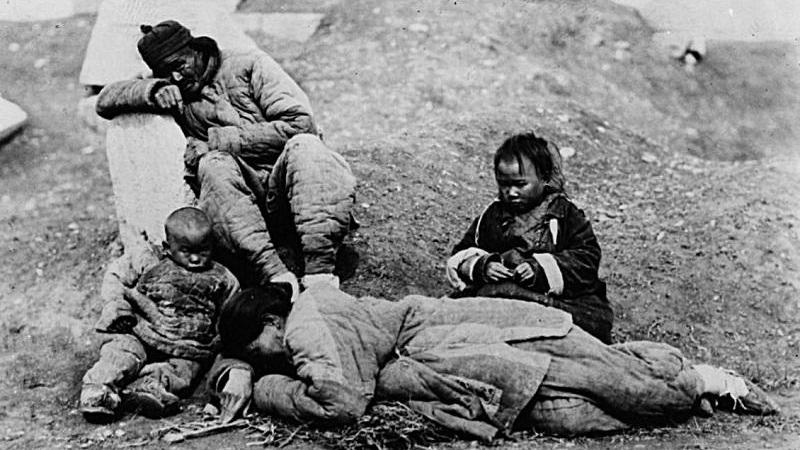
Ашаршылықтың басты себептері туралы маман пікірі
26.08.2021 0 0
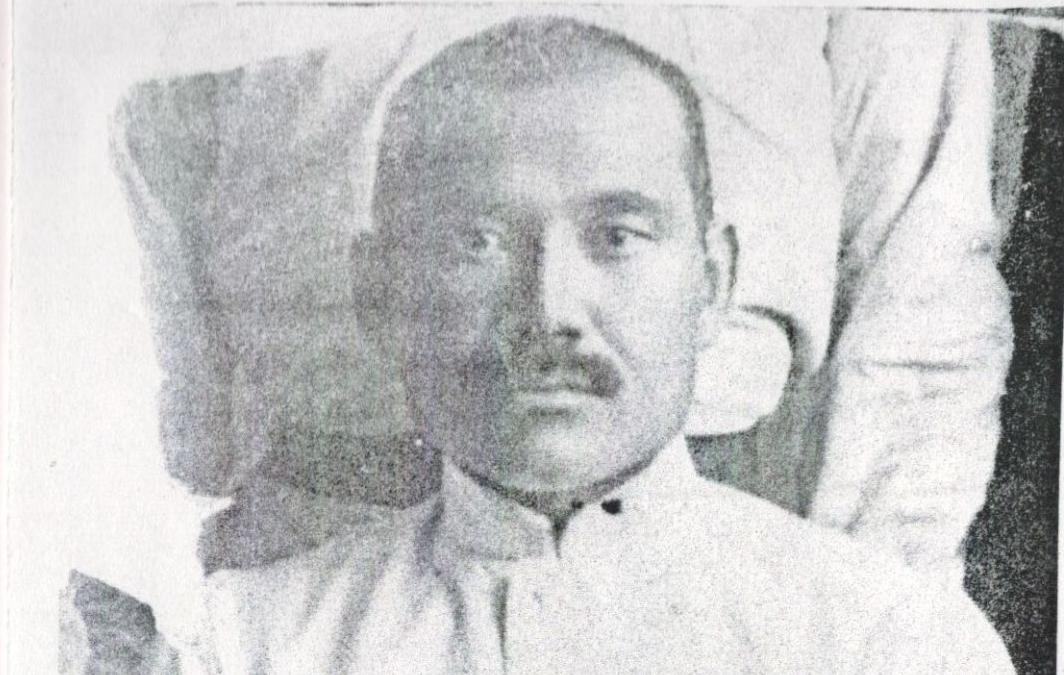
Тұңғыш қазақ «Әліппесін» шығарған тұлға…
29.06.2021 0 0

Т.Омарбеков: Алаш арыстары саяси тұрғыда ақталған жоқ
22.06.2021 0 0

ҚАБДЕШ ЖҰМАДІЛОВ – ХАЛЫҚ ЖАЗУШЫСЫ
02.03.2024
Еш пікір жоқ
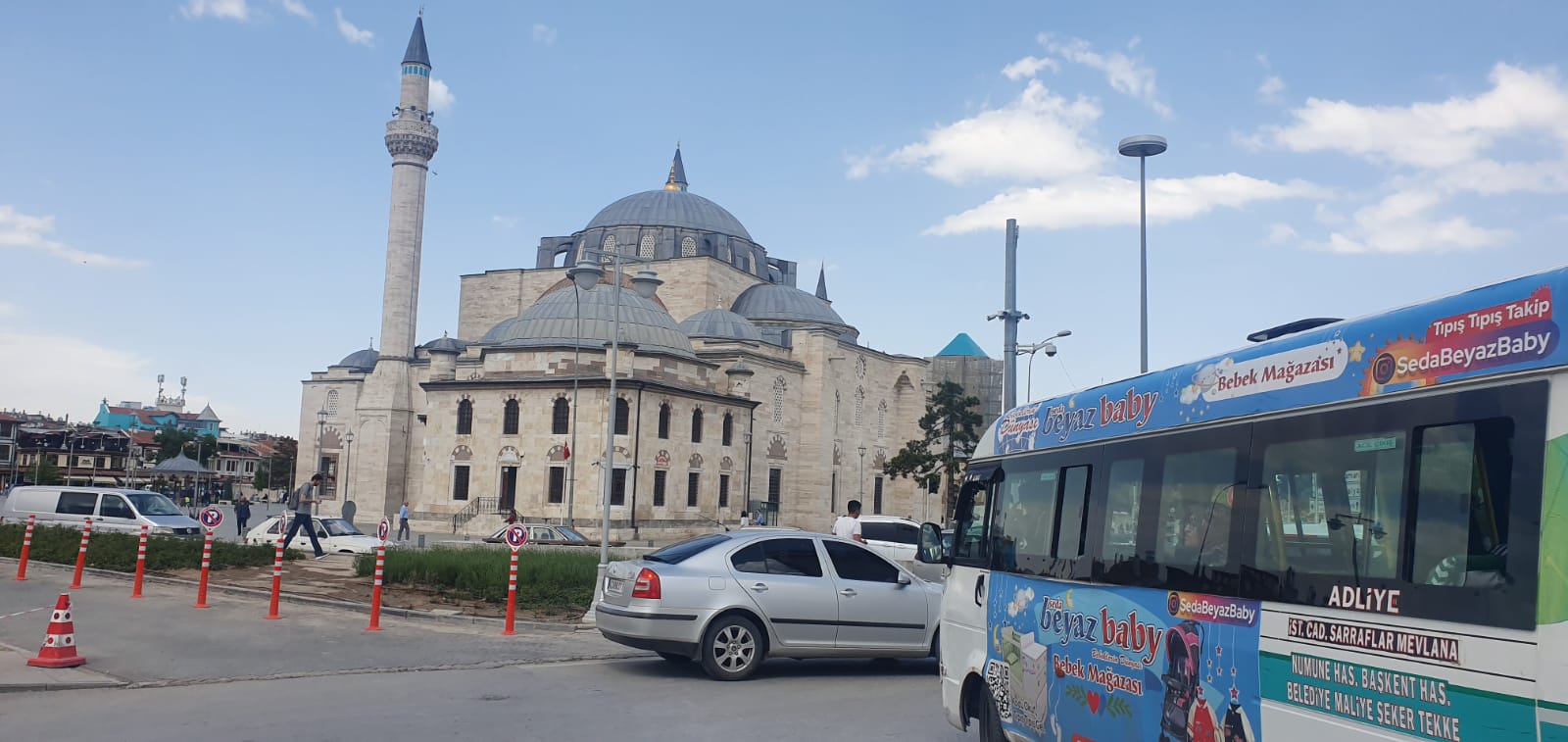
Түрік елінің көне тарихы мен дәстүрін бүгінгі өмір салтымен үндестіре білген қонақүй
19.05.2023
Еш пікір жоқ

Рухани жаңғыру: Тілдің әдеби нормасы өзгере ме?
27.10.2021
Еш пікір жоқ
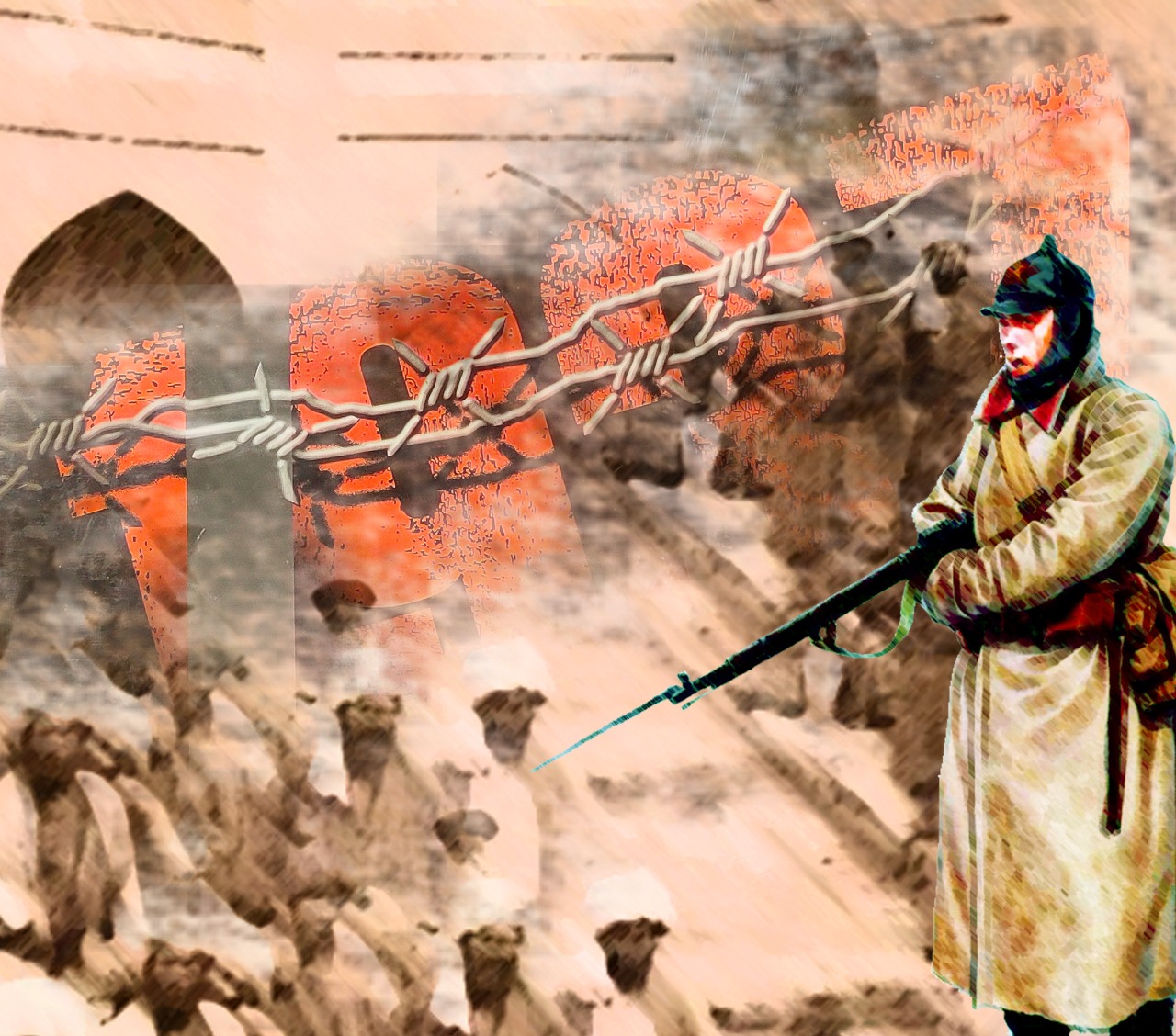
Кеңес үкіметінің дінге қарсы саясаты және діни тұлғалардың қудалануы
22.09.2021
Еш пікір жоқ


